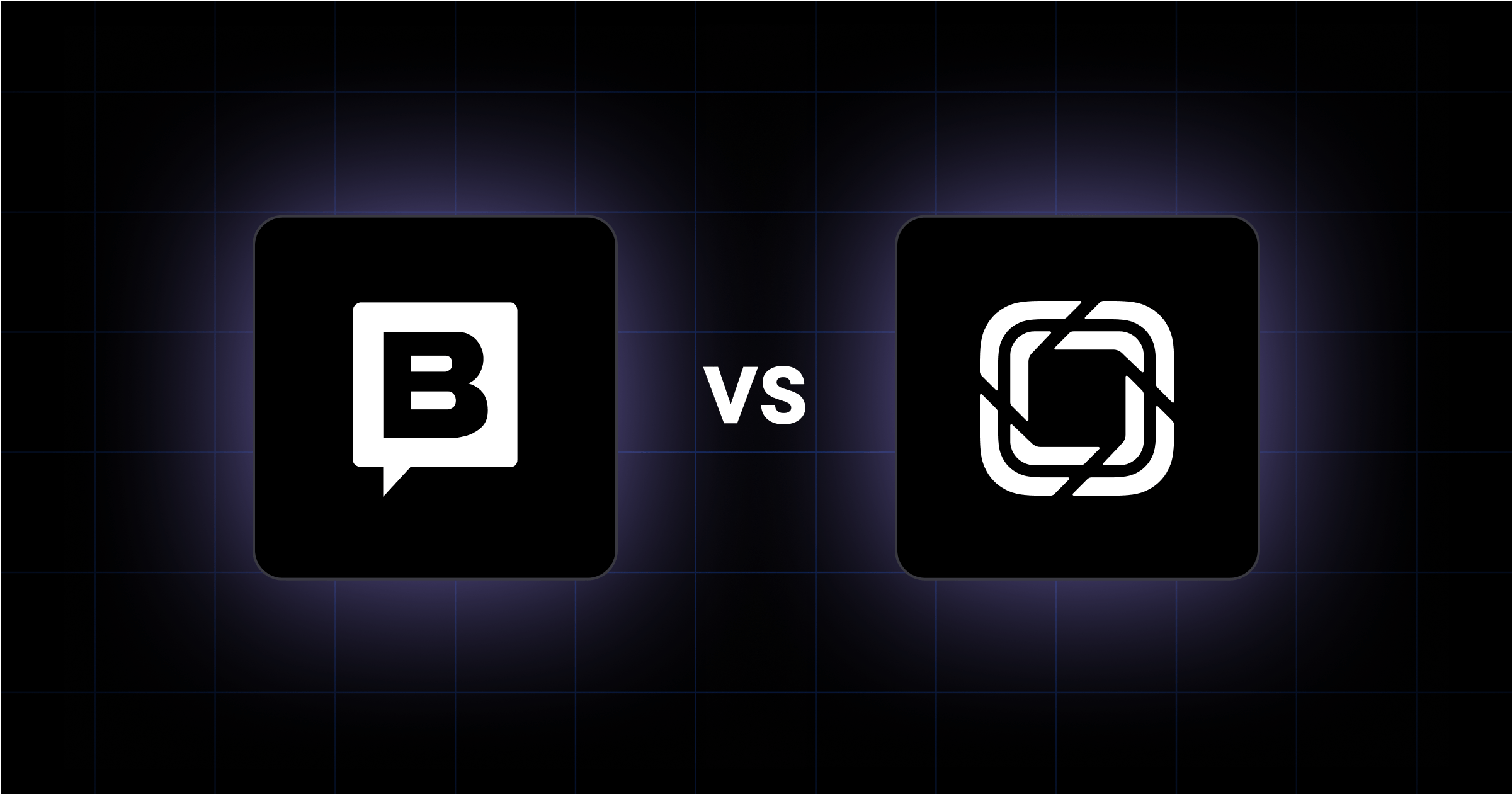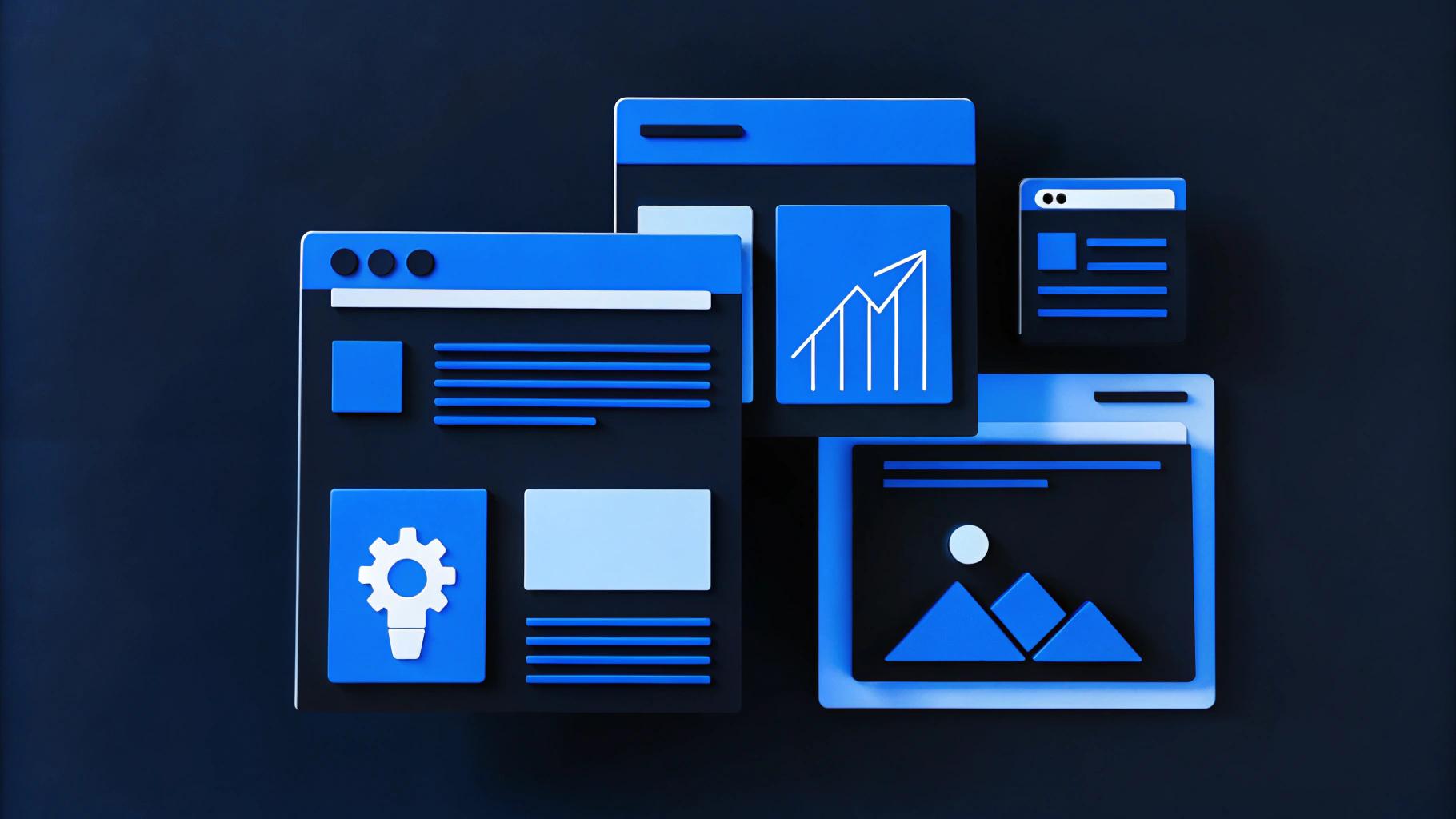For high-growth B2B teams, a website is an engine for demand generation, product education, and pipeline acceleration.
But when user experience starts lagging, it’s a clear sign that it’s time for a UX redesign.
As a web design agency, Webstacks approaches UX redesigns as more than visual updates. We treat your website like a product, with the goal of helping marketing and digital teams move faster and build systems that scale with growth.
In this guide, we’ll show you how to do just that. You’ll learn how to conduct a UX redesign through a strategic, scalable lens.
When Is It Time for a UX Redesign?
Not every slowdown in your funnel calls for a full-scale redesign, but knowing when to redesign your website is important. Typically, it’s time to take a deeper look at your user experience when the friction starts stacking up across teams and touchpoints.
If you're a B2B marketing or digital lead, here are some common red flags that indicate it’s time for a UX overhaul:
- Your marketing team can’t publish without dev help. If it takes days or weeks to launch a simple landing page, your CMS is working against you.
- Your site no longer reflects your product. As your offering evolves, especially post-Series A or B, your site needs to keep pace with your positioning and complexity.
- Conversions are flat despite traffic growth. This usually points to friction in the user journey, from clunky navigation to unoptimized forms.
- You’ve redesigned visually, but nothing’s improved operationally. A new coat of paint won’t help if your content workflows and performance still lag.
Here are a few scenarios to illustrate these issues:
- A medtech company expanding internationally realizes their current site can’t support localization, version control, or consistent design patterns.
- A fintech startup post-Series B needs to shift from a brochure site to a modular platform that supports rapid campaign testing and feature updates.
- A SaaS brand undergoing rebranding needs to align its information architecture and UX with a new GTM motion and audience.
In short: if your UX is holding back your marketing or sales teams, a redesign with inbound in mind is a must.
1. Align UX Goals with Business Priorities
Before jumping into wireframes or style guides, the first step in any successful UX redesign is alignment between your website’s UX goals and your priorities.
At Webstacks, we start every engagement with strategic discovery: a website audit, stakeholder interviews, performance baselines, and qualitative user feedback.
Why?
Because redesigning without alignment risks solving the wrong problems, or solving the right ones in isolation.
It helps to ask questions such as:
- What’s slowing down your content team today?
- Where are users dropping off, and what business impact does that have?
- Are your devs bogged down with requests that marketers could handle in a better system?
For example, when we redesigned Privy’s website, their goal was to update the UX but also optimize the backend to make it easier for the website manager to make future changes.
2. Conduct a UX Audit Across Systems, Not Just Screens
A typical UX audit stops at the surface, evaluating colors, layouts, and usability heuristics.
But for high-growth B2B teams, a true UX redesign requires digging deeper into the systems that underpin the experience: your CMS, content model, component library, and internal workflows.
We recommend treating UX as an interconnected system. That means asking “Is this interface intuitive?” and “What’s making this experience hard to scale or maintain?”
In our audits, we assess:
- Content operations: Can your team publish quickly, or are you constantly waiting on devs?
- CMS architecture: Is your CMS structured for flexibility, or are you trapped in rigid templates?
- Component reuse: Are you rebuilding from scratch every time, or using modular elements that scale?
- Performance metrics: Are slow load times or poor accessibility hurting conversions?
3. Build a Scalable UX Framework
Once you’ve audited the experience and aligned on business goals, it’s time to design the foundation: a UX framework that scales with your marketing and product evolution.
Webstacks recommend using atomic design principles to build modular, reusable components that allow teams to move fast without compromising consistency.
Here’s what a scalable UX framework includes:
- Component libraries built for reuse and iteration
- Design tokens that align UX with branding at scale
- Responsive layouts that adapt across devices and funnel stages
- Accessibility baked into every layer
Why does this matter for B2B growth teams?
Let’s say your marketing team wants to launch a product-led growth campaign. With a scalable framework, they can build new landing pages, update messaging, or A/B test CTAs, without a new design sprint or dev dependency.
4. Redesign with Agility
The old-school approach to website redesigns where you go dark for nine months and launch a big reveal doesn’t work for high-growth teams. By the time you go live, your product has changed, your GTM motion has shifted, and your competitors have moved ahead.
Our web design team applies an MVP-first approach to UX redesigns. We launch fast, then iterate in sprints, just like you would with a product. The goal isn’t perfection at launch. It’s momentum.
Here’s how we do it:
- Prioritize high-impact templates first: Homepage, product pages, pricing, blog, and campaign landing pages
- Launch a minimum viable experience with essential content and functionality
- Validate and evolve post-launch using real data, CRO insights, and user feedback
5. Integrate UX With Your CMS and Tech Stack
A sleek interface means nothing if your team can’t update it. UX redesigns must go hand-in-hand with your CMS and broader tech stack.
For our clients, we recommend building composable websites using headless CMS platforms like Sanity, Contentful, and Storyblok. These tools offer unmatched flexibility for content operations, especially for marketing and growth teams that need to move fast and scale across regions or segments.
These types of CMS platforms allow marketers to publish content without code and enable developers to build components once and reuse them across the site. Content teams can localize, personalize, and launch campaigns without relying on developers or triggering full redesigns.
6. Test and Iterate Based on User Feedback
The most impactful B2B sites are built to evolve, and that means creating a continuous feedback loop between users, marketers, and the site itself.
Post-launch, implement analytics, session replays, and conversion rate optimization frameworks to monitor user behavior and uncover friction points. Then prioritize iterative improvements based on business impact.
What should you measure?
- Task success rate: Are users completing key actions (e.g., form fills, demo requests)?
- Time to publish: Has content velocity improved post-redesign?
- Engagement metrics: Scroll depth, bounce rate, CTA interaction
- Conversion rates: Especially across high-intent pages like pricing or product tours
What Webstacks Enables With Every UX Redesign
When B2B teams partner with Webstacks for a UX redesign, they’re getting a new interface and a high-performance growth platform that scales with their business.
Here’s what that looks like in practice:
- Modular UX systems that support rapid experimentation and reuse
- Headless CMS integration for flexible content operations and global scale
- Performance-first builds that improve Lighthouse scores and SEO rankings
- Cross-functional workflows that empower marketing, design, and dev teams to work in sync
- Faster launches without sacrificing strategy or scalability
We’ve helped companies like Calendly, ServiceTitan, and Snowflake transform outdated, dev-dependent websites into agile growth engines that support the next chapter of their evolution.
Whether you're scaling from Series A or modernizing an enterprise stack, we bring the strategy, speed, and systems to make your UX redesign deliver real business outcomes.
Thinking About a UX Redesign?
If your site still feels like a static brochure, or if every update takes a sprint and a half, it’s time for a UX redesign built around your growth goals.
Webstacks helps B2B teams build modular platforms that streamline development and evolve with your brand.
Whether you’re planning a rebrand, migrating to a headless CMS, or just trying to move faster, we’ll help you map the right approach based on your tech stack and timeline.




